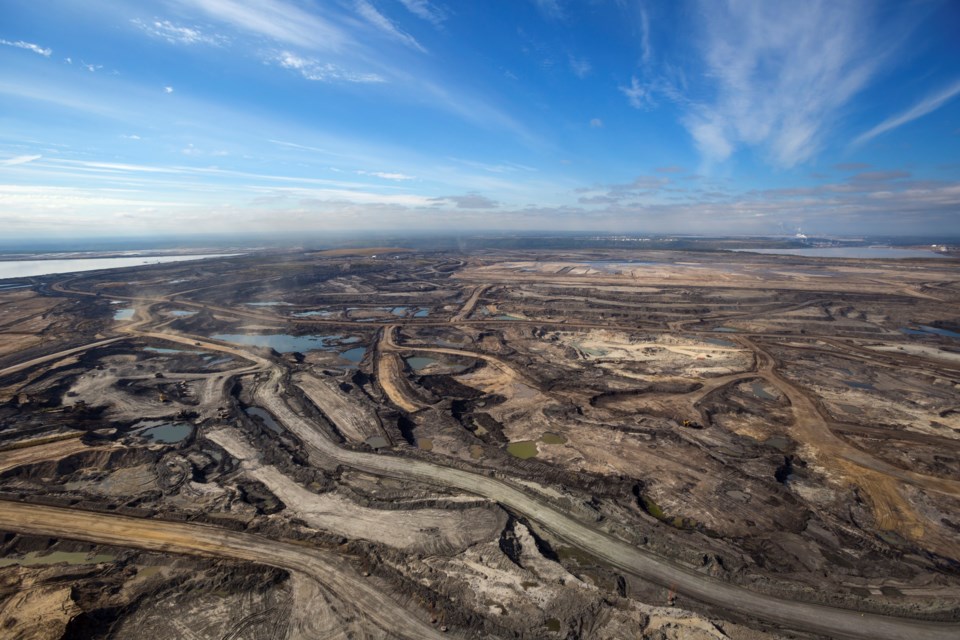As we get set to welcome in 2021, most of us are saying, “Please let it be better than 2020!”
And while there is little doubt that most of what made 2020 challenging can be laid at the feet of the coronavirus, many of the ongoing issues that face us will not go away when the COVID-19 vaccine is generally available.
Yes, an audible sigh of relief was heard as we learned that scientists, working cooperatively, had cracked the coronavirus code and that a vaccine was coming, but this shot in the arm does not mean we can just carry on as before.
Many lessons have been taken to heart during 2020, but I would argue that one of the most powerful is that we can make a difference facing our greatest challenges if we all work together.
So let’s start local.
When COVID-19 struck Whistler I would argue there was not a single person who didn’t feel like the wind had just been knocked out of them. Jobs were lost, futures put in jeopardy, housing was at risk, there were plenty of people who would not have survived without the food bank and the support of our social services.
The Resort Municipality of Whistler (RMOW), while taking some time to get organized initially, moved to support the agencies that could support those in need in the community.
As Pique reported last week, the Whistler Community Service Society received $31,045 from the RMOW in 2020 to continue running its programs and counselling services.
Said executive director Jackie Dickinson, “In early spring, our outreach services experienced a surge in client meetings and connections, and at that time over 57 per cent of the people that we saw identified as being in a place of crisis.
“That’s one in every two people.”
Funding was also supplied to other groups such as Zero Ceiling. And it was Chris Wrightson, Zero Ceiling’s co-executive director, who suggested how we could learn from this adaptation to need—she would like to see multi-year grants.
The RMOW has a long-established, trusting relationship with local organizations, “and I challenge [the RMOW] to consider this as you make plans for the Community Enrichment Program in the future,” she said.
That’s a challenge worth taking up.
What about changes at a provincial level?
There are many that we could focus on, but let’s start with a proper paid sick-leave program.
Without doubt this comes with costs to the business sector, and in these difficult times where profit margins are razor thin, this can’t be ignored.
But in the long-term it is a benefit that helps retain workers and helps keep workplaces healthy.
In May, hundreds signed a petition asking B.C. Premier John Horgan to put a temporary system in for the pandemic and also look at changing the Employment Standards Act long-term giving of one hour of paid sick time for every 25 hours worked up to a maximum of 52 hours. This system would mean a full-time, 35-hour-per-week employee would accrue seven paid sick days per year.
More than half of workers 18 and older in Canada are not entitled to paid sick leave, most of them part-time and contract employees or low-income workers who cannot afford to lose wages.
The Retail Action Network’s most recent research shows that 89 per cent of workers in B.C. who earn less than $30,000 a year don’t receive paid sick days from their employers.
Last month, Isobel Mackenzie, the provincial seniors advocate, added her voice to the cause, speaking out about how many care aides are showing up sick for work because they can’t afford to stay home—aides who then spread the coronavirus in the long-term care homes where they work.
“Poor beleaguered workers,” she said. “They don’t make that much money to start with and then, if they’re sick, they don’t get paid.”
And what about at a national level? Again, there are many changes we could focus on, but one of the most pressing issues has to be facing the climate crisis.
While it is true the federal government announced its plans for meeting Canada’s targets for greenhouse gas emissions—announcing a carbon price of $170 per tonne of greenhouse gas by 2030—much more needs to be done. (And, yes, ouch—this will likely add 28 cents to the average price of a litre of gasoline.)
There needs to be a clear focus on supporting the technology that will help us transition affordably away from fossil fuels in the coming years.
Within minutes of the plan’s unveiling, economists and climate scientists alike both supported and panned the plan in unison. That feels like par for the course… and let’s remember the Liberals have to get re-elected to truly put it in motion.
But, for the first time there is a plan that may help us reach our emissions targets.
So, I say, bring on 2021!




